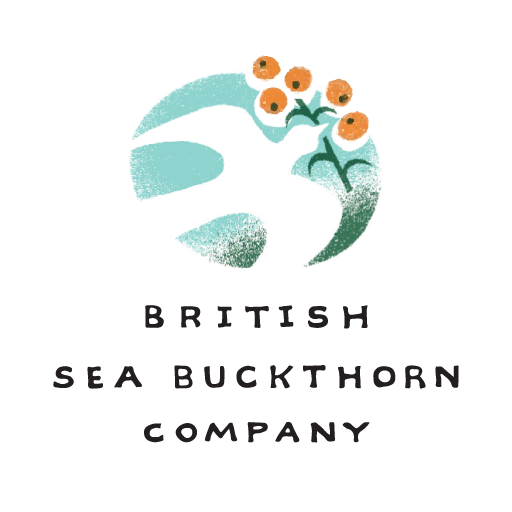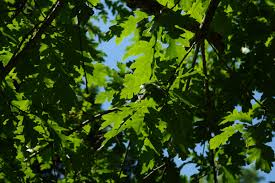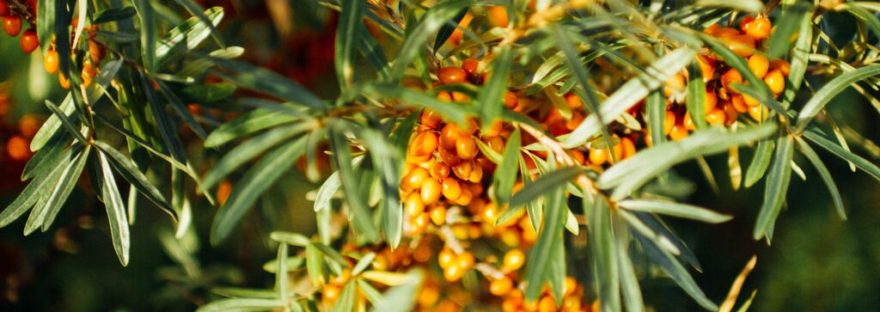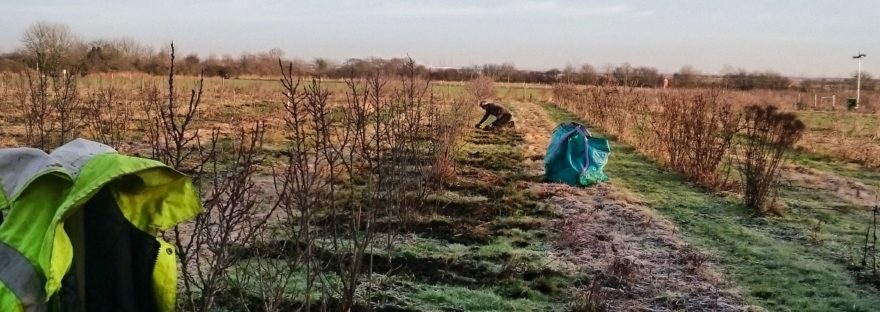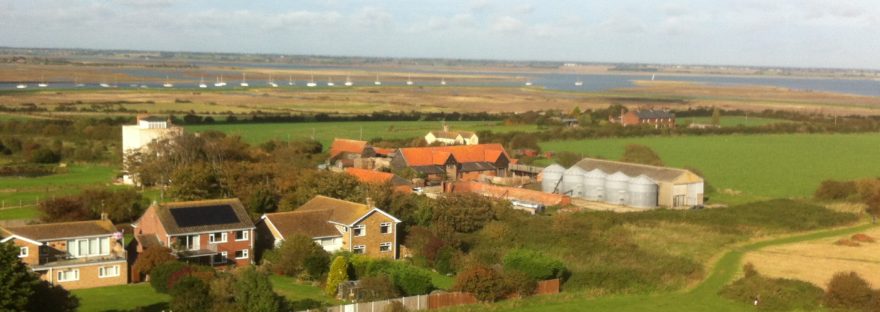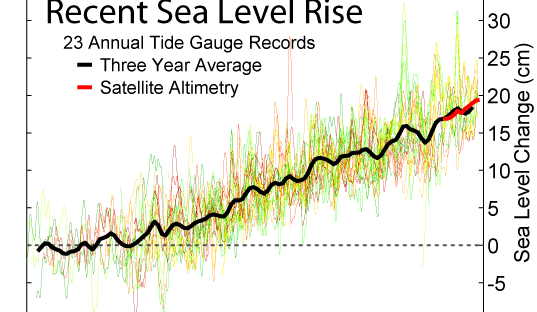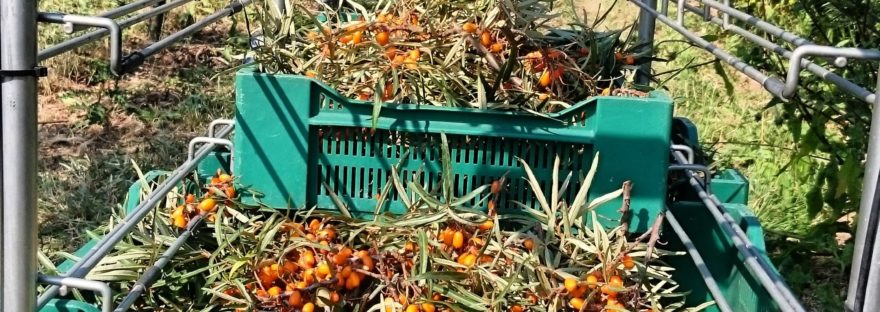First thing in the morning I take our dog for a walk before breakfast. The route is always the same but it is always very special. The path cuts through a group of silver birch trees that we planted about ten years ago. It then passes what has become an old friend – a small turkey oak. This tree was a sucker off the root of its 350 year old “parent” that crashed to the ground on December 31st 2000 – a millennium moment. This little tree is growing in shape and character just like the old tree that we had grown to love as a massive feature in our landscape. It is amazing to think it could live until 2300.
These trees are personal. They are almost family. At this time of year particularly, as the leaves are so fresh they add a vibrancy of life to my walk. I should not have been surprised when I heard the news this week that one of the ideas to control climate change was to create forests of artificial trees. Trees to suck the CO2 out of the air. The reporter said they would do this just like trees “but better”. It is a great technological idea, but it is not a tree. It will not provide a natural living landscape.
Alternatively, it could be one solution to global warming – and the capability to do that is impressive. It is an indication that there are great minds at work to mend our world. We have grown to rely on technology. For me, springtime has a vibrancy as the farm’s crops start to mature. In the sea buckthorn field, the area between the plants are thick with grass, thistles, docks, nettles and other broad leaved weeds. They are weeds but they are also full of insects that potentially are controlling insect aphids that could devastate my crop.
The last few weeks have been incredibly dry and we are all becoming aware that climate change brings with it long hot summers. Summers that slow plant growth, create poor crops and can kill the plants we care for.
So the weeds are a problem because they compete for precious water in the soil. If I cut them down the insects I also look to help in controlling others will lose their habitat. The fact we grow the sea buckthorn organically is a choice, but it is a choice that makes you think holistically about the environment you work in.
The area between the rows of sea buckthorn provide a similar haven to the area under the plants providing a refuge for beneficial insects. So the weeds can go and I have started to remove them. In the past this has been done by hand, then by strimmer. Last year, at a Soil Association seminar at the gardens of the Belmont Manoir aux Quat’saissons in Oxfordshire there was the ultimate solution to weeding – a Karl Ladurna cultivator. It is the boy’s toy for an orchard.
Its capacity to weed is unchallengeable, but all machinery needs handling with respect. Its capacity to rip up weeds is matched by its capacity to pull up everything else in its way.
I have to admit that as I merrily drove up and down the rows of sea buckthorn, seeing the weeds surgically removed I was horrified to find how easy it was rip whole sea buckthorn bushes out of the ground. You soon learn to concentrate and respect the power in your control.
Last week saw the release of the IPBES Global assessment report on biodiversity. Valuing biodiversity is not easy in our technology based lives. I recognise that I could not farm my sea buckthorn organically without the beneficial insects and the complex of species that live in a healthy soil. Every species is reliant on another. One of the commentators on the report said, the problem with biodiversity – even with all our knowledge is that we just do not understand its complexity. We have not even identified all the species on our planet so how can we understand what they do, how they interrelate to others and help to complete a healthy ecosystem.
We all appreciate biodiversity differently – it never fails to amaze me how much green space there is in London used by millions as natural space to relax. Technology is a modern wonder, but it will not replace the natural world – a natural world that feeds us.
Technology provides our quality of life, but the natural world allows us to live. We just need to respect and enjoy both – in balance.
